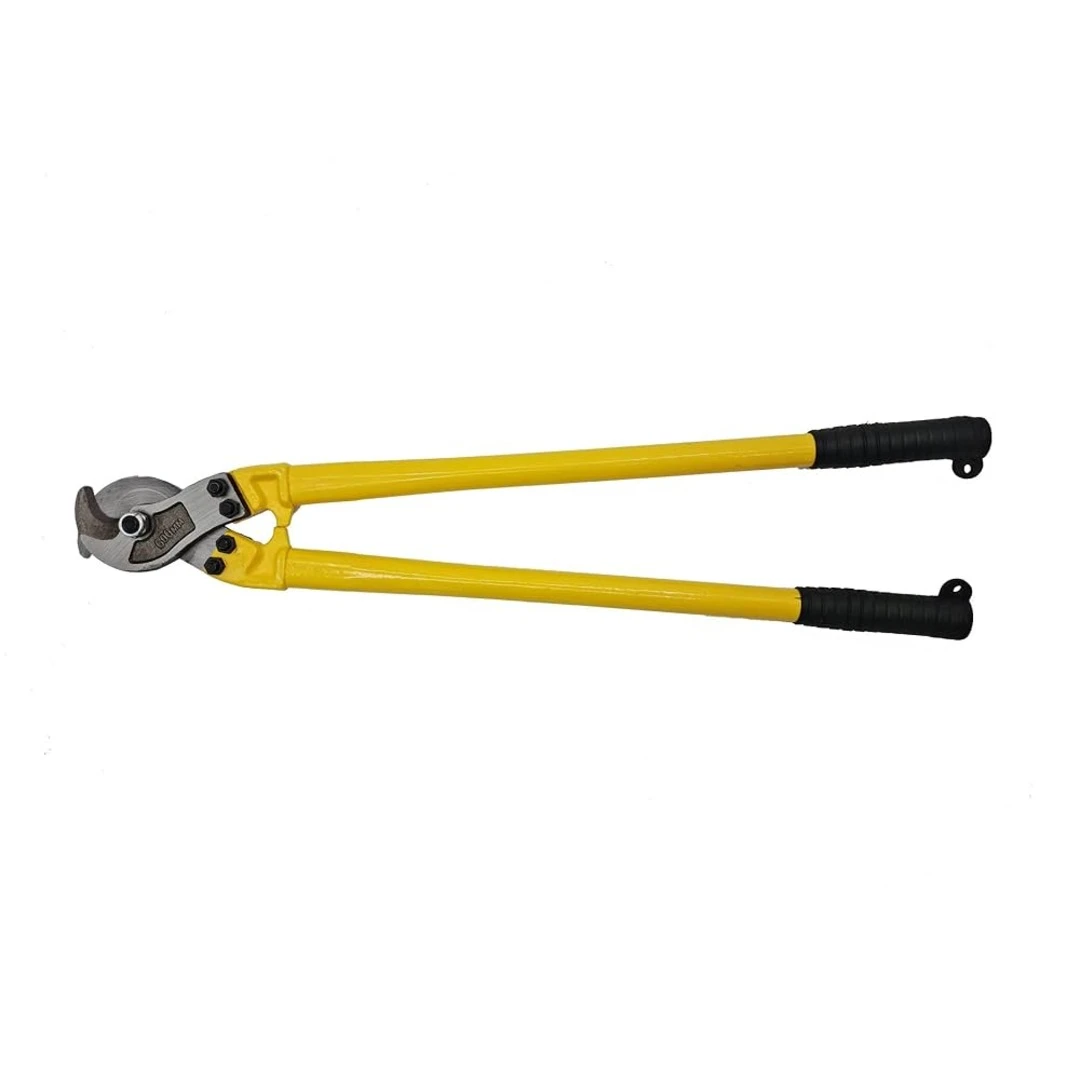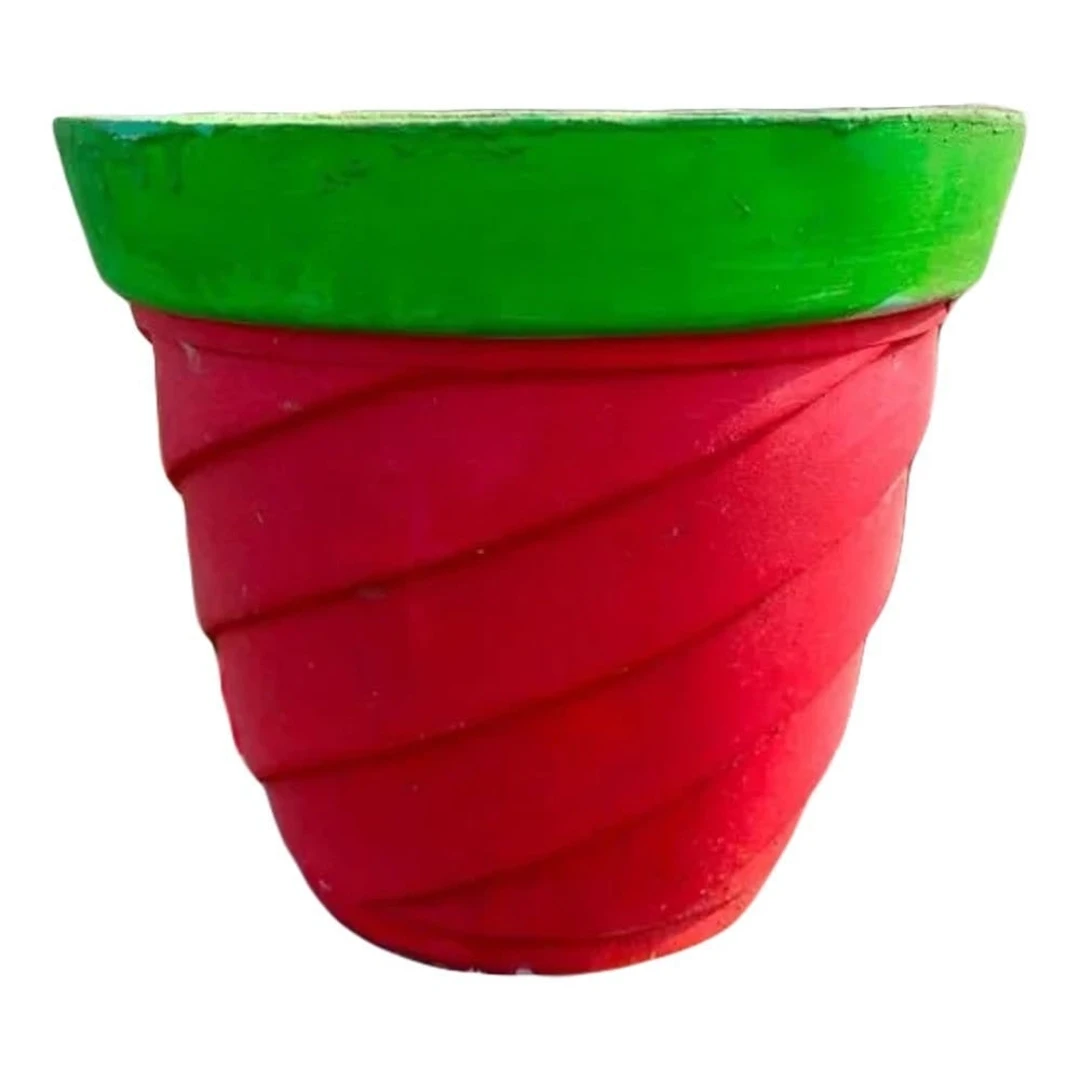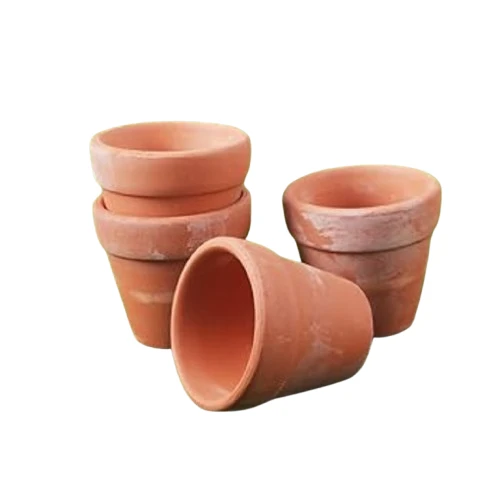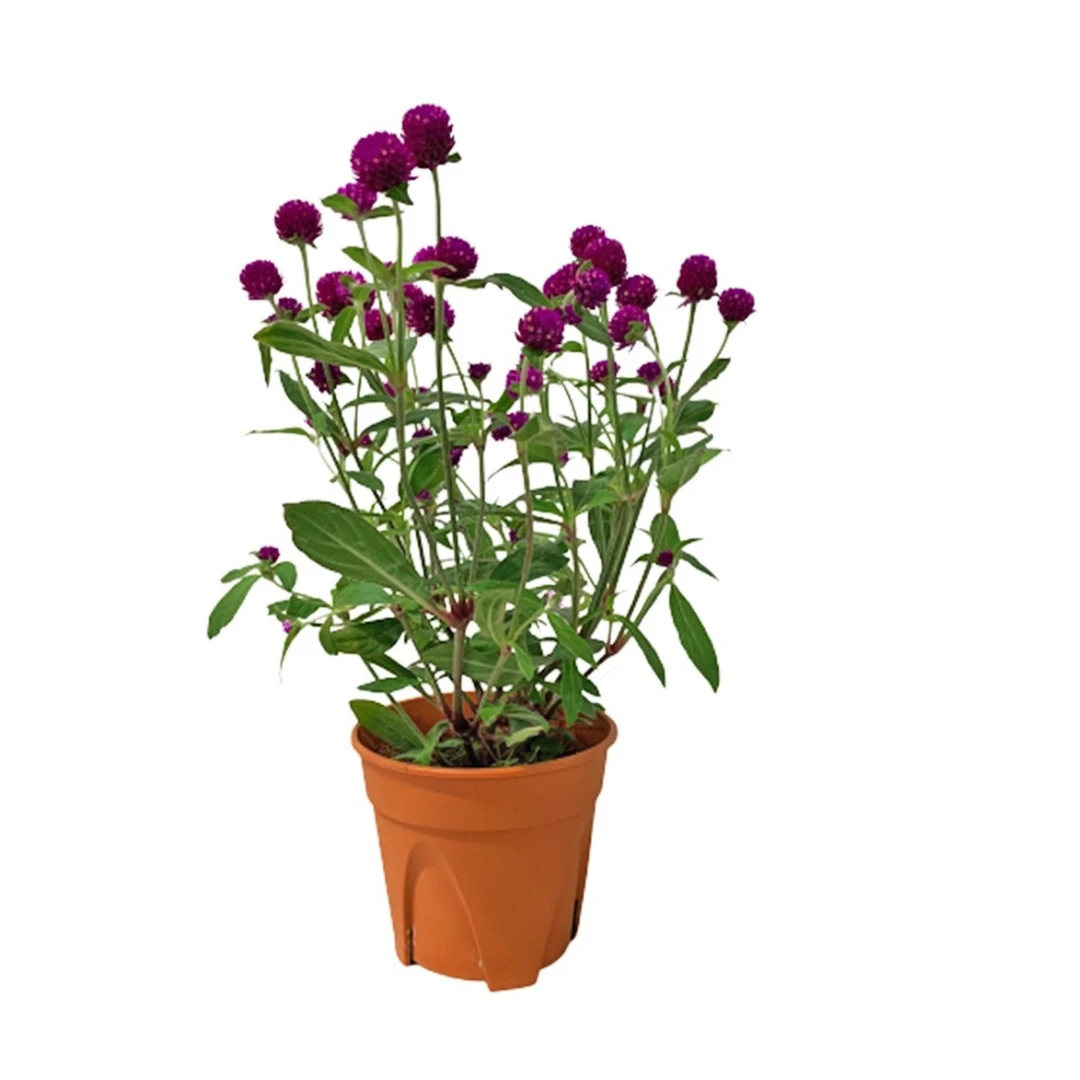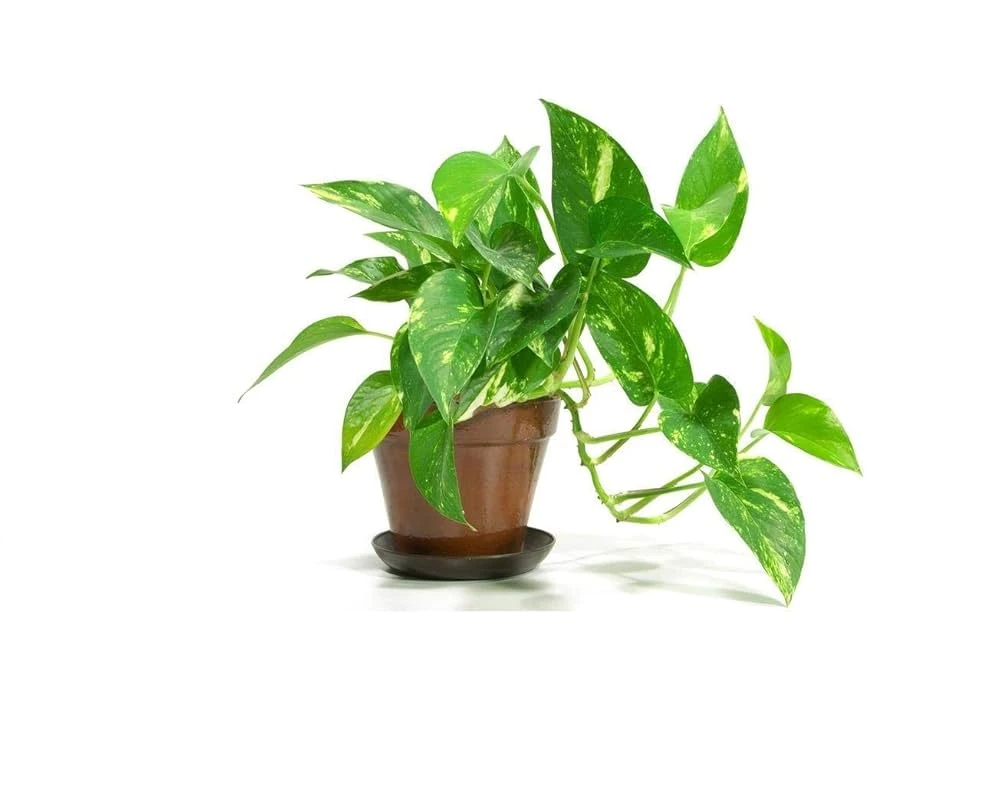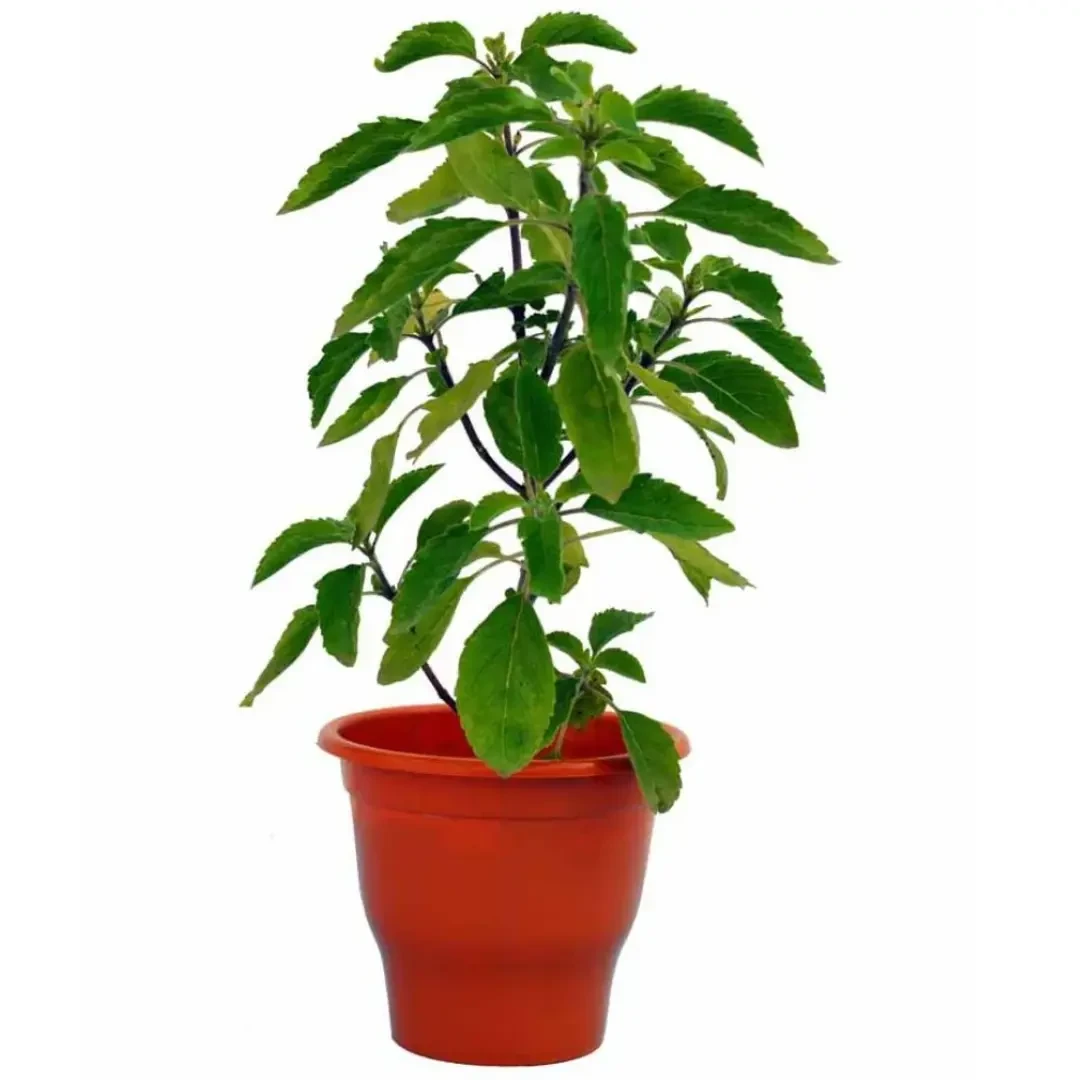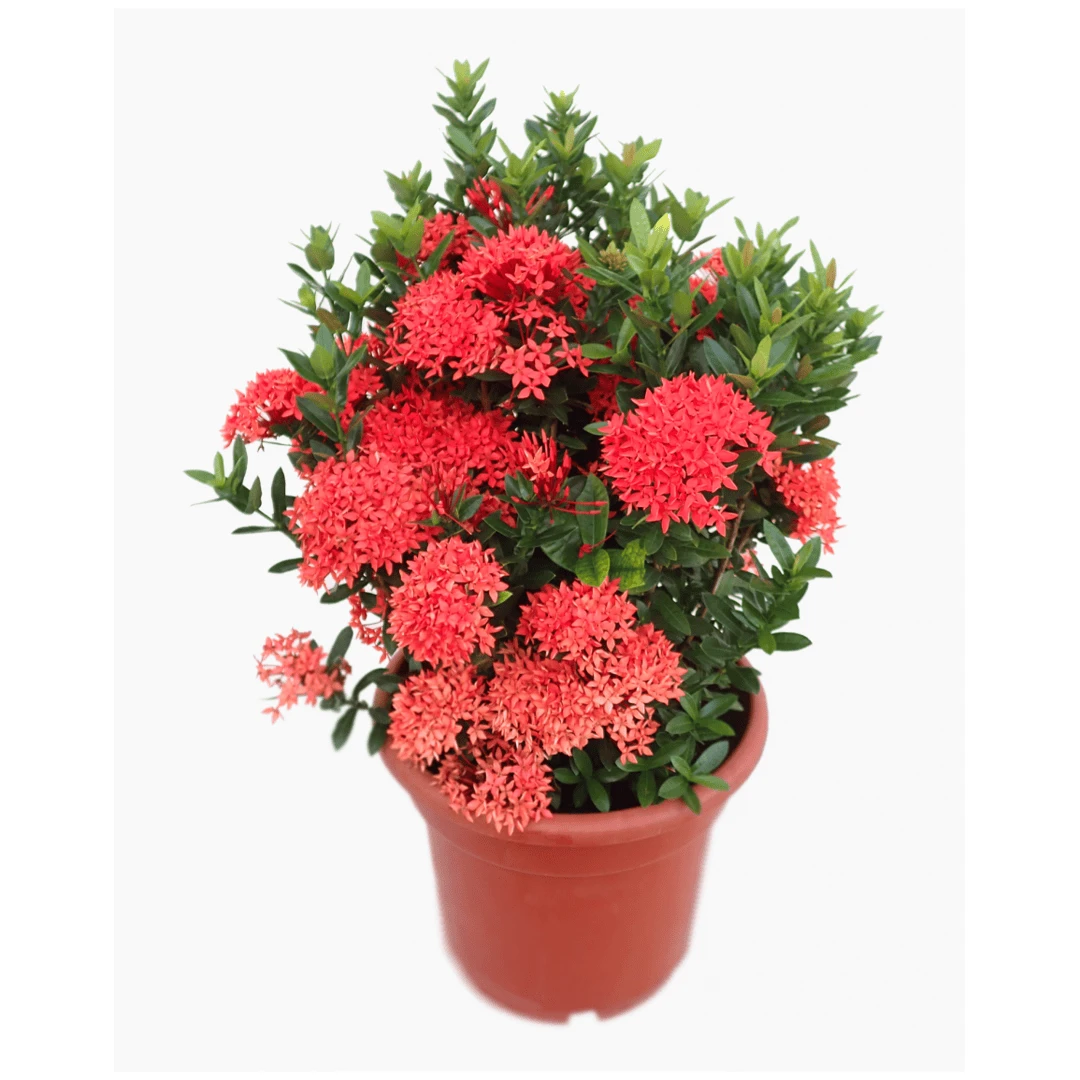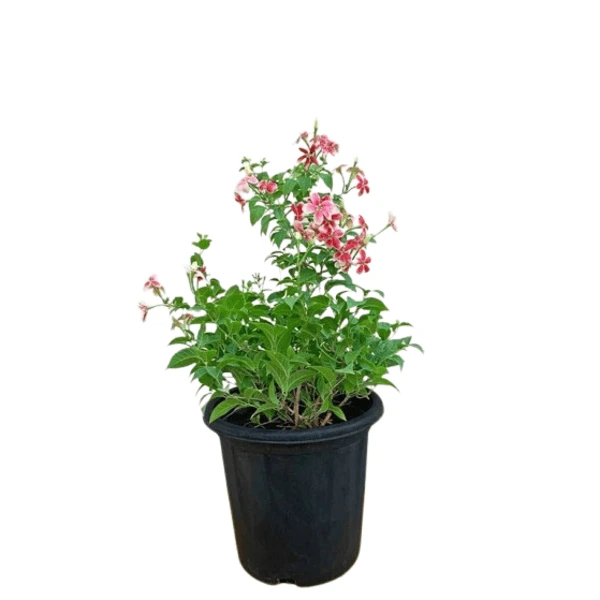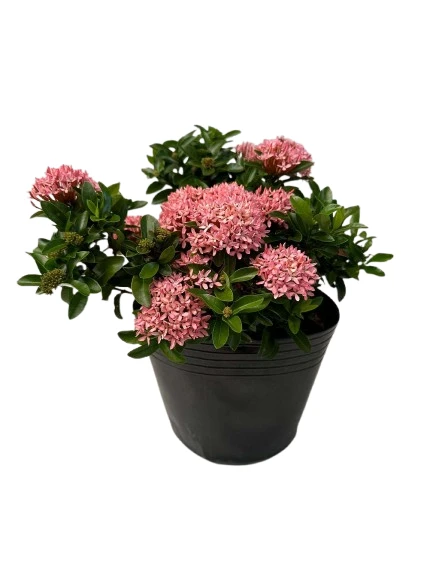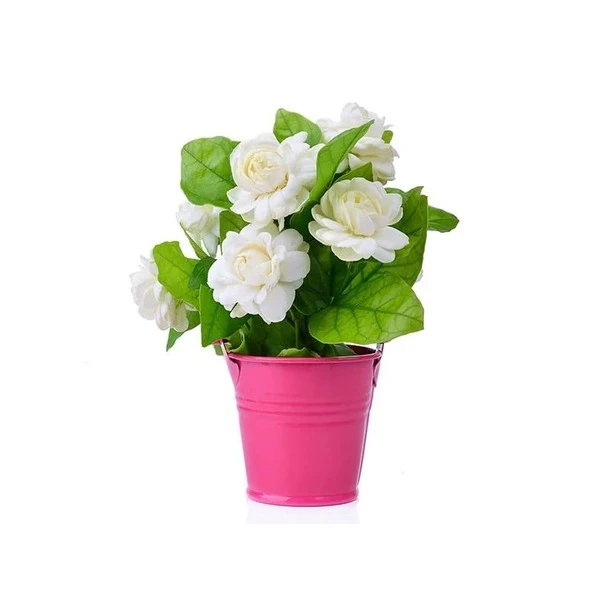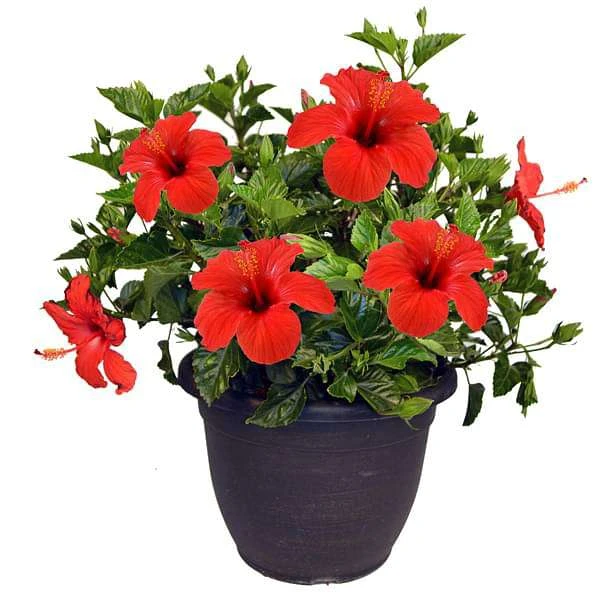The Oyster plant, scientifically known as Tradescantia spathacea, is a popular houseplant and ornamental plant known for its distinctive foliage and ease of care. It features clumping, broad, evergreen leaves with vibrant purple and green hues.
Here's a more detailed description:
Appearance:
Foliage:
The plant grows in a dense rosette, with linear or lance-shaped, waxy, sword-like leaves. The leaves are typically dark green on top and deep purple or maroon on the underside.
Size:
It typically grows to a height of 6 inches to 1 foot and a width of 1 to 2 feet.
Flowers:
While not its primary attraction, it occasionally produces small, white, three-petaled flowers in clusters.
Growth Habit:
Clumping: The plant forms a clumping habit, with new stems emerging from the base.
Groundcover: In warmer climates (zones 9 and higher), it can be used as a groundcover, forming a dense mat.
Care:
Light: Prefers bright, indirect light but can tolerate some direct sunlight.
Water: Allow the top 1-2 inches of soil to dry out between waterings. Reduce watering during the winter months.
Humidity: Can tolerate lower humidity, but prefers slightly humid environments.
Propagation: Easy to propagate by seed, division, or stem cuttings.
Other Names:
Moses in the Cradle and Boat lily.
Note: While the oyster plant is generally easy to care for, it can be toxic to pets if ingested.











